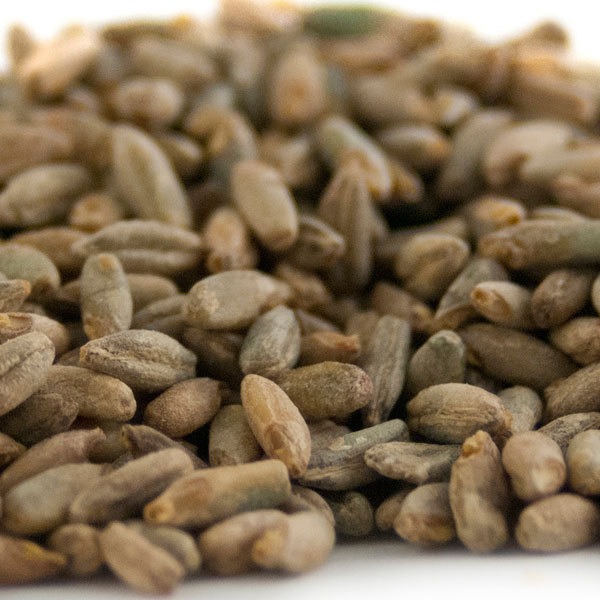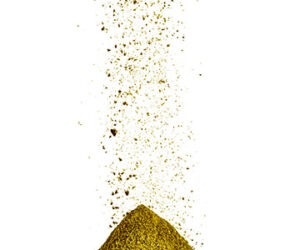Brewing With Rye

Along with barley, wheat, and oat; rye is one of the staple grains used by brewers. Today you can find it in many forms thanks to its popularity: Flaked rye, malted rye, crystal rye, and chocolate rye. Roggenbier is one of the most common styles to see rye associated with, but rye IPAs and American rye beers are not uncommon. Finnish sahti and other farmhouse styles are commonly associated with the use of rye as well.
Of course, stylistically speaking, rye can make an appearance in a vast array of different beer types. For brewers, the grain comes with both positives and negatives, so there are going to be some best practices that will help guide your process when brewing with rye.
Granular Background
Some homebrewers that have been around a while may fear rye due to its association with stuck mashes — when during the lautering phase the wort coming out of the mash/lauter tun is cut down to a trickle. A stuck mash creates an especially long brew day . . . so it’s no wonder that some folks who have had a bad experience may avoid it.
Rye is a huskless grain that provides plenty of beta glucans, highly viscous cereal gums/compounds, when mashed; a combination that makes it especially difficult to work with in traditional lauter tuns. But there are two easy workarounds for this: Rice hulls and brew-in-a-bag (BIAB) systems. Rice hulls can be purchased from homebrew supply shops or from many garden or farm supply stores. They’re cheap and highly effective at creating micro gaps in your mash for wort to move. They can be helpful in both brew-in-a-bag systems and traditional lauter tuns.
I like to add rice hulls to the bottom of the mash tun before adding the grains to try to have the highest concentration of hulls near the false bottom after mixing the mash. And I will use up to 1 lb. (0.45 kg) in a 5-gallon (19-L) batch when brewing with a high percentage of rye, like a roggenbier, where the mash can be over 50% rye malt.
Those who already use a BIAB system are at a particular advantage when it comes to dealing with viscous and huskless grains like rye. The ability to quickly drain wort out from the bag may make some homebrewers who still use a 2- or 3-vessel system give the spargeless option a try when working with a higher percentage.
Rye’s Guys
When it comes to adding rye character to your beer, rye malt is what you want to reach for. Opinion on rye malt character varies, but generally you will hear about zesty/peppery notes, adding a little sharpness, and even a fruity quality. In brewing rye IPAs, I always like to add a little Chinook hops to the flavor and aroma profile as I’ve found it complements rye malt nicely. Rye malt will also add to the body and mouthfeel of beer.
It will be a little bit darker in color compared to your standard pale barley malt . . . closer to Vienna malt. If you crush your own grain, you may want the crush gap setting a little tighter since it is a narrower grain. Rye malt can add a gummy character to beer along with a haze, so generally I use 20% or less when brewing with rye malt, with roggenbier being the lone exception. And I always add rice hulls when my grain bill is more than 10% rye malt just to be on the safe side.
Flaked rye has a slightly milder flavor impact compared to the malted version. The main reason brewers may use the flaked version over the malted is in building a beer’s body while adding a slight rye flavor. Most of the rules that apply to rye malt apply to flaked rye as well.
There are a few specialty rye malts such as chocolate rye malt, which is actually more traditionally used in certain breads, but can be substituted for chocolate barley or wheat malts in brewing. Since this grain is huskless, it doesn’t have the astringency that some chocolate barley malts provide. I recommend trying it in your next Czech dark lager.
Several maltsters will also provide brewers the option of a crystal rye malt. The production process and roast level of the crystal malt will dictate the flavor impacts on the beer. Some of the product descriptions include toffee, licorice, dark fruit, spicy, and “great for red ale production.” On another positive note, both chocolate and crystal rye malts can be utilized by extract brewers to get a little rye character into their beer without needing to mash.
The Rye-t Stuff
If you are interested in producing a roggenbier of your own, I highly recommend Gordon Strong’s “Style Profile” found in the September 2020 issue or here: https://byo.com/article/roggenbier-a-rye-twist-on-a-dunkelweizen/
One of my favorite uses of rye malt is in an American pale ale. It’s nothing fancy, but a 15% swap out of the 2-row pale malt with rye malt adds a certain complexity that I enjoy. Some light crystal malt (~40 °L) is added for a bit of sweetness to balance the rye addition. As mentioned earlier, I’ll use Chinook hops at the end of the boil (roughly 25% of the final hop addition) along with Centennial and Amarillo® hops (or a good aroma combo I have on hand). Ferment it with a favorite ale yeast of yours, maybe Conan or Chico strain. One of my favorites is the Anchor ale strain. Happy brewing!



